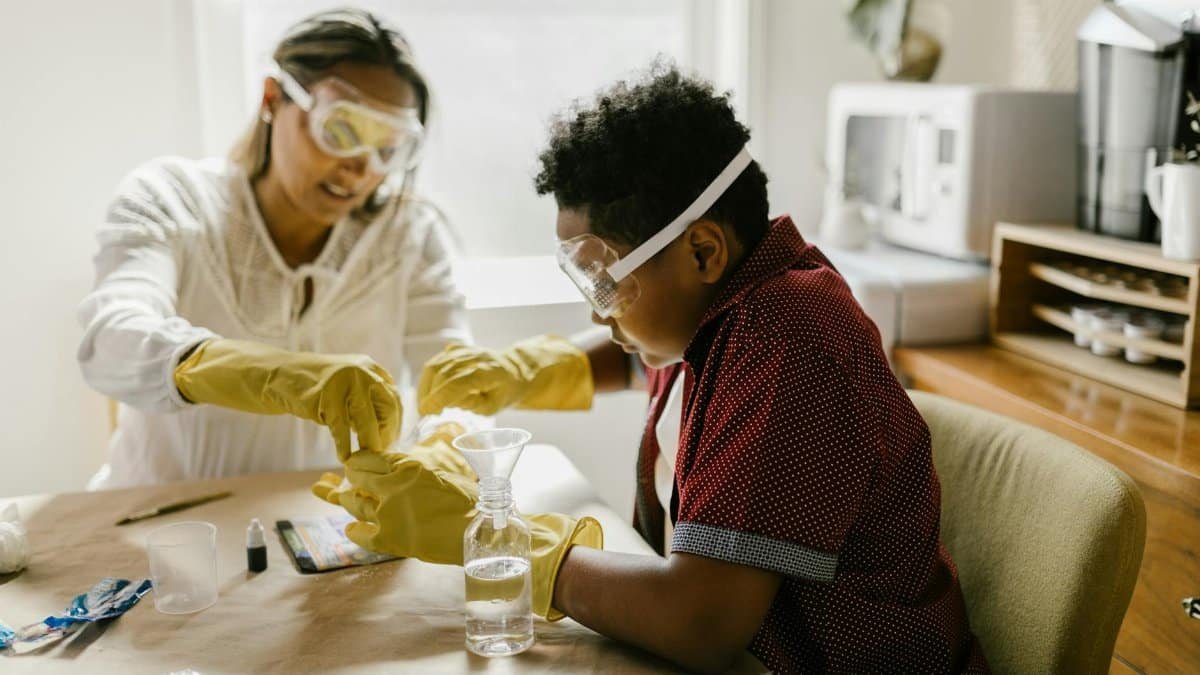New data shows that 68% of Americans report trying mindfulness practices in the past year, up from 55% in 2020, according to a recent survey by the American Psychological Association. This surge highlights how mindfulness, the art of staying present and aware without judgment, is reshaping daily lives amid rising stress levels. From reducing anxiety to boosting physical health, it’s not just a buzzword—it’s a tool gaining traction in workplaces, schools, and homes across the U.S. As we head into 2025, experts say its benefits on mind and body could be key to tackling modern challenges like burnout and relationship strains.
The Science Behind Mindfulness

Mindfulness works by rewiring the brain. Studies from Harvard Medical School reveal that regular practice thickens the prefrontal cortex, the area tied to focus and decision-making. It also shrinks the amygdala, which handles fear and stress responses. This neural shift leads to calmer reactions in tough situations. In a fast-paced world, these changes mean better emotional regulation, helping people navigate conflicts in relationships more effectively. Researchers note that even short sessions, like 10 minutes a day, can yield noticeable results within weeks.
Impact on Mental Clarity

One major effect is sharper mental clarity. Practitioners often describe a fog lifting, allowing for better concentration. A study published in the journal Psychological Science found that mindfulness training improved working memory and reduced mind-wandering. For those in high-stress jobs, this translates to fewer errors and more productivity. In personal life, it fosters deeper connections by enabling full presence during conversations, which can heal rifts in relationships strained by distractions.
Physical Health Benefits

Beyond the mind, mindfulness influences the body profoundly. It lowers blood pressure and reduces inflammation, key factors in heart disease prevention. Data from the National Institutes of Health shows participants in mindfulness programs experienced a 15% drop in cortisol levels, the stress hormone. This bodily calm supports immune function, making you less prone to illnesses. Athletes use it for recovery, reporting faster healing from injuries due to improved pain management and relaxation techniques.
Reducing Anxiety and Stress

Anxiety plagues millions, but mindfulness offers relief. Techniques like focused breathing interrupt the cycle of worry. A meta-analysis by Johns Hopkins University, detailed in JAMA Internal Medicine, analyzed 47 studies and confirmed moderate reductions in anxiety symptoms. Users say it helps in real-time, such as during arguments, by promoting pause and reflection instead of knee-jerk reactions. This is especially vital in 2025, with economic uncertainties amplifying daily tensions.
Enhancing Emotional Resilience

Building emotional resilience is another perk. Mindfulness teaches acceptance of feelings without overwhelm, leading to stronger coping skills. Veterans with PTSD have benefited, as programs from the U.S. Department of Veterans Affairs incorporate it for trauma recovery. Everyday folks report bouncing back faster from setbacks, like job loss or breakups. This resilience spills into relationships, fostering empathy and reducing conflicts by encouraging non-reactive listening.
Boosting Sleep Quality

Poor sleep affects health broadly, but mindfulness aids here too. Bedtime routines involving meditation quiet racing thoughts, improving sleep onset and duration. Research from the University of Southern California found that insomniacs practicing mindfulness slept an extra hour per night on average. Better rest means sharper cognition and more energy for daily interactions, helping maintain harmony in family dynamics often disrupted by fatigue.
Improving Relationships Through Presence

Mindfulness cultivates presence, vital for healthy bonds. By staying in the moment, people listen better and respond thoughtfully. Couples therapy often includes it to rebuild trust after betrayals. A report from the Gottman Institute highlights how mindful partners report 20% higher satisfaction levels. In friendships and work ties, it reduces misunderstandings, promoting a culture of openness and support.
Potential Drawbacks and Challenges

Not all experiences are positive. Some find mindfulness stirs up buried emotions, leading to temporary discomfort. Beginners might struggle with consistency, feeling frustrated by wandering minds. Experts advise starting small to avoid burnout. While rare, intense practices can trigger anxiety in vulnerable individuals, so consulting professionals is key, especially for those with mental health histories.
Getting Started in Daily Life

Incorporating mindfulness is straightforward. Begin with apps like Headspace or simple breathing exercises. Set aside five minutes morning and night. Integrate it into routines, like mindful eating or walking. Groups in cities offer classes, making it social and accountable. As U.S. trends show rising adoption, resources abound, from online courses to workplace wellness programs, ensuring accessibility for all.
Long-Term Transformations

Over time, consistent practice leads to profound shifts. Users report greater life satisfaction, with studies linking it to lower depression rates. In a society facing isolation, it opens hearts to compassion, healing relational wounds. As 2025 unfolds, mindfulness stands as a practical path to inner peace, blending mind-body harmony for sustained well-being.
